[1] Barefoot Doctor's Manual- 1977 Prepared
by the Revolutionary Health Committee of Hunan Province. Original Chinese manual-
Victor W. Sidel. Originally published by Dr Joseph Quin and the Fogarty International
centre, Bethdesda (1974). Madrona Publishers Seattle Washington ISBN 0-914842-52-8
[2] A Complete English Dictionary of Medicinal Terms in Chinese Acupuncture and
Herbalism 1981 - Henry Lu Chinese Foundations of Natural Health- The Academy of
Oriental Heritage, Vancouver, Canada.
[3] Medicated Diet of Traditional Chinese Medicine - Chief Editor- Hou Jinglun.
Associate Editors- Zhao Xin, Li Weidong, Liu Jianxin, Geng Chun-e, Li Guohua,
Li Shaohua. Geijing. Science & Technology Press 1994. ISBN 7-5304-1735-5/R.
309.
[4] Chinese System of Food Cures Prevention and Remedies. 1986
Lu,
Henry. Sterling Publishing Co., Inc. New York. USA. Distributed in Australia by
Capricorn Book Co. Pty Ltd. Lane Cove, NSW. ISBN 0-8069-6308-5.
[5]
en.wikipedia.org
[6]
acupuncturetoday.com
[7]
healthmasterslive.com
Drug induced nturitional deficiencies and herb drug interaction master class
[8]
tcmwiki.com
Images
1.
en.wikipedia.org
by Korea_0001 CC BY 2.0
2.
adalidda.com
3.
en.wikipedia.org
by Takeaway CC BY-SA 3.0
4.
Brownrice
by Dan McKay - Flickr. CC BY 2.0 via Wikimedia Commons
5.
tanners-wines.co.uk
6.
alibaba.com
7.
commons.wikimedia.org
by FotoosVanRobin- Flickr: Red yeast rice. CC BY-SA 2.0
8.
tcmwiki.com
9.
thespruceeats.com
The Spruce / Kristina Vanni
Starch, fixed oil, vitamins.[1]
References
[1] Potter's New Cyclopaedia of Botanical Drugs and Preparations
R.C. Wren Revised by Elizabeth M. Williamson and Fred J Evans. First published
in Great Britain in 1988 and reprinted in 1989 and 1994 by the C. W. Daniel
Company Limited. 1 Church Path, Saffron Walden Essex. Published 1988 Printed
and bound by Biddles, Guildford ISBN 085207 1973.
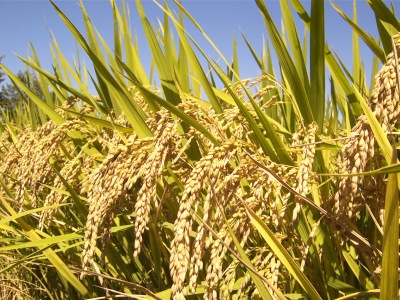 Oryza
sativa. 大
米 Dà
mǐ Rice
Family: Gramineae
Oryza
sativa. 大
米 Dà
mǐ Rice
Family: Gramineae
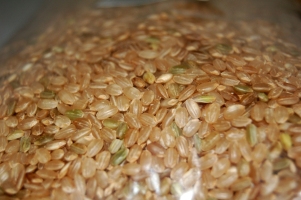
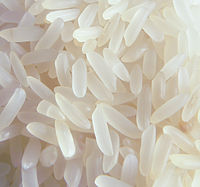
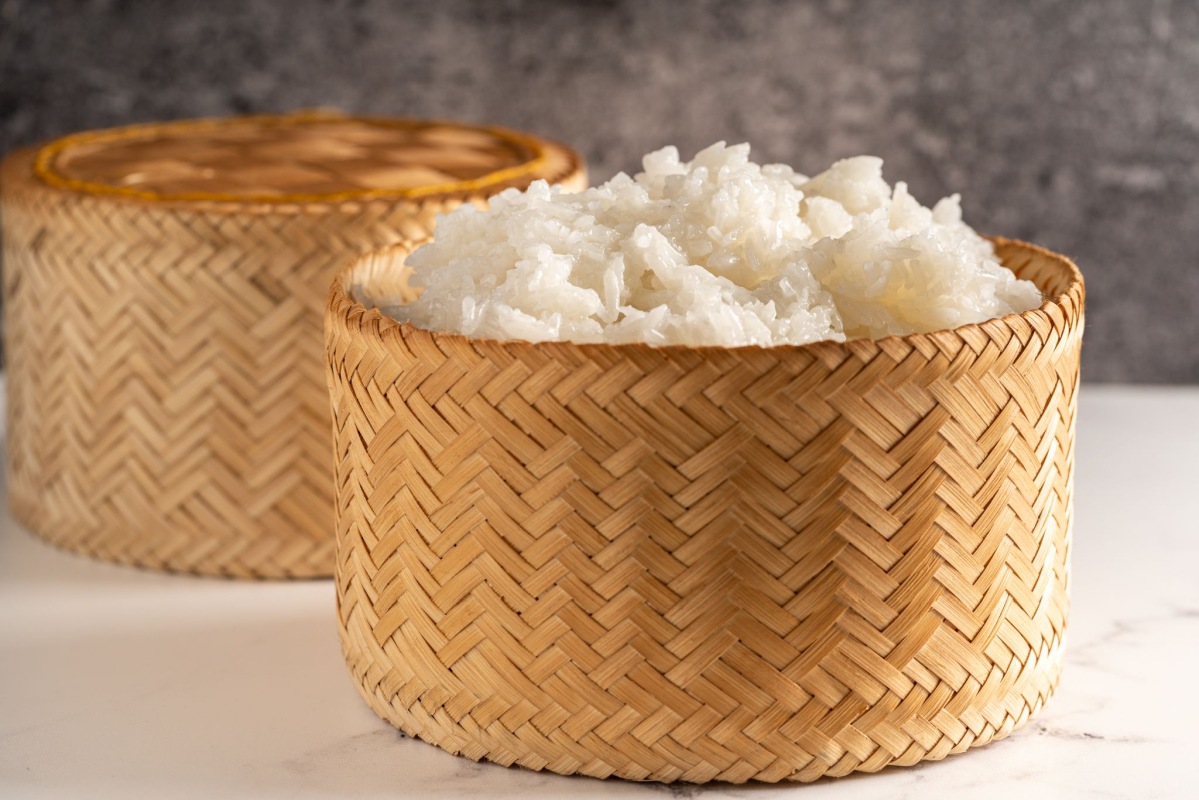
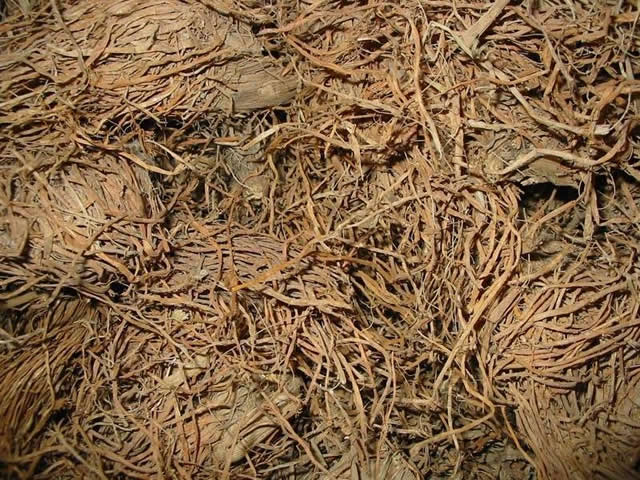
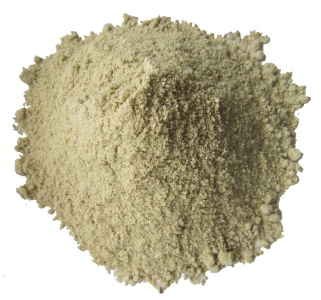 米
糠 Mǐ kāng Rice
bran
米
糠 Mǐ kāng Rice
bran
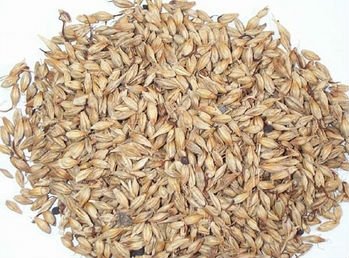 谷芽
Gŭ yá, 秧 Yāng, Gu ya, Dao
ya Rice sprout
谷芽
Gŭ yá, 秧 Yāng, Gu ya, Dao
ya Rice sprout
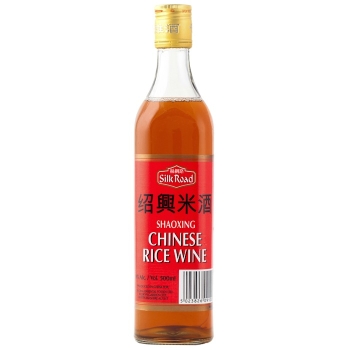 米酒
Mǐ jiǔ Rice Wine
Rice wine is made from the fermentation of rice starch that has been converted
to sugars.
米酒
Mǐ jiǔ Rice Wine
Rice wine is made from the fermentation of rice starch that has been converted
to sugars. 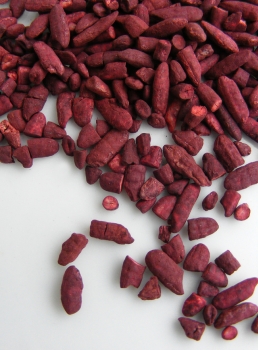 红曲米
Hóng qū mǐ -"Red
yeast rice" Red yeast rice-
a bright reddish purple fermented rice, which acquires its colour from being cultivated
with the mold Monascus purpureus.
红曲米
Hóng qū mǐ -"Red
yeast rice" Red yeast rice-
a bright reddish purple fermented rice, which acquires its colour from being cultivated
with the mold Monascus purpureus.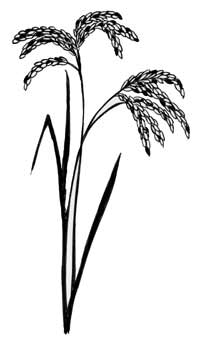 Research.
Research.